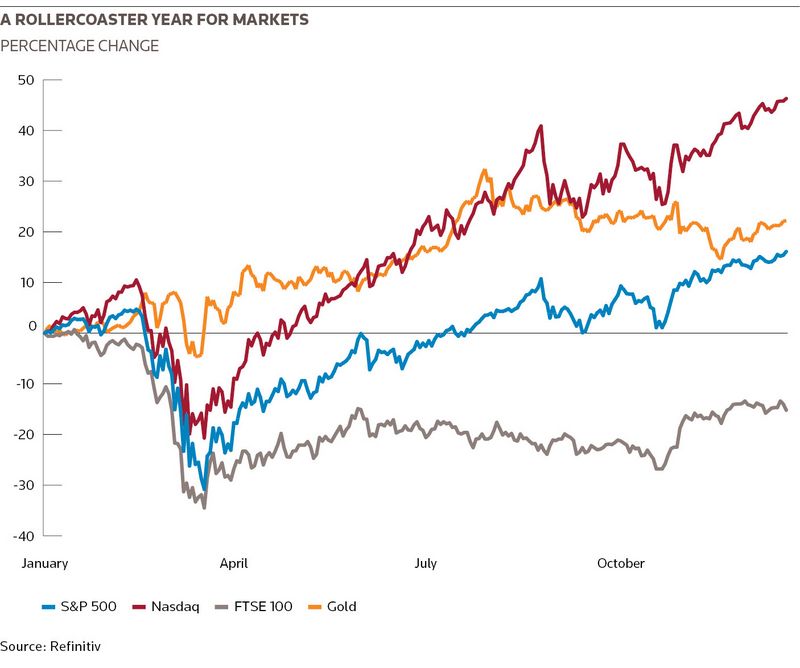![]()
![]()
To see the digital version of this report, please click here
To purchase printed copies or a PDF of this report, please email gloria.balbastro@lseg.com
There are new features available.
View now.
Search
There are new features available.
View now.
Search
![]()
![]()
To see the digital version of this report, please click here
To purchase printed copies or a PDF of this report, please email gloria.balbastro@lseg.com
Shanghai’s Nasdaq-style board for new-economy listings beat all expectations in 2020, its first full year of operation, and is poised for further growth in 2021. The Shanghai Stock Exchange Science and Technology Innovation Board, better known as the Shanghai Star board, finished 2020 with more than 200 listed companies commanding in excess of Rmb3trn (US$463bn) in market capitalisation. Talk about a good start. “The Star Market forms part of a broader strategy in the PRC to develop its equities market into one that is fitting for the second...
The grand buildings of the Bank of Japan and Tokyo Station stand as testament to Japan’s embrace of modern ideas at the end of the 19th century. The mastermind behind both structures, Japanese architect Kingo Tatsuno, spent four years studying architectural design at the Royal Academy of Arts in London and is credited as being the first to introduce European-style brick masonry to Japan. The change in architectural style was mirrored in wider society. The turn of the 20th century marked a period of rapid economic development for Japan, when the...
Early last year, shortly after banks in the Asia Pacific first began telling staff to work from home, the Asia CEO of one global bank took a call from a junior banker with an unusual question around the implications of the bank’s remote working policy. The banker went on to ask whether the firm could start paying his rent since, he argued, it now qualified as his main place of work under the Hong Kong securities regulator’s rules. That request was politely declined, but the onset of the coronavirus pandemic threw up many more difficult...
2020 was a breakout year for environmental, social and governance financings globally. Five years on from the Paris Agreement and driven by the increasingly obvious effects of climate change, demands for social justice and the misery of the coronavirus pandemic, the financial industry got serious about ESG, which moved from being a niche interest on the sidelines of the markets to front and centre. Advancement in ESG financings has been most pronounced in Europe where bottom-up development, driven by a responsibly-aware investor base, was...
Environmental, social and governance financing became mainstream in 2020. Any attempt to parody it as a niche asset class for do-gooders and tree-huggers became even more unsustainable than it already was. But with greater awareness of ESG issues comes greater attention on the asset class’s gatekeepers: the second-party opinion providers that determine (like some kind of ESG Santa Claus) who has been naughty and who has been nice – and hand out certifications to that effect in the form of ESG ratings. It is a very young industry – just over a...
Libor, the average rate at which banks borrow unsecured funds across a number of terms and currencies, and the reference rate against which the small matter of some US$350trn in financial contracts have been written, is on the way out. Faith in the rate as a viable benchmark has been on the wane for some time, driven by a collapse in the market for wholesale bank lending and the rates submitted for inclusion sometimes based on “expert judgement” rather than actual transactions. It is a truth universally acknowledged that Libor was no longer fit...
All websites use cookies to improve your online experience. They were placed on your computer when you launched this website. You can change your cookie settings through your browser.

